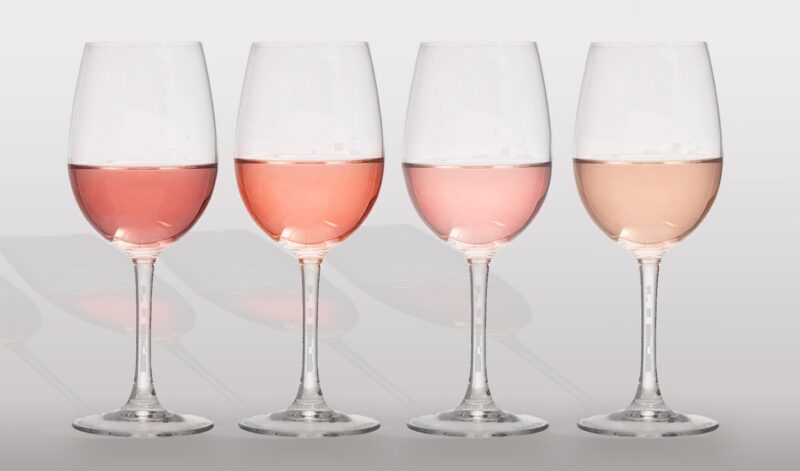Welcome to a world colored in delicate pinks and striking corals; a world where wine is not merely red or white but something infinitely more enticing. Rosé wine, despite its sun-drenched hue and summer connotations, is far from a one-note symphony. Behind its radiant blush lies a diversity as wide and nuanced as any other wine. A seamless blend of complexity and playfulness, it opens the door to an enchanting universe that extends well beyond the confines of a warm afternoon picnic.
Rosé is traditionally known for its distinctive color, which ranges from a subtle pink to a vivid orange and can be attributed to the grapes’ skin contact during the winemaking process. But color is only the tip of the iceberg. The true allure of brands like Res Fortes comes from its broad spectrum of styles, flavors, and varieties making it an ideal choice for a rose wine subscription. Whether dry or sweet, still or sparkling, it offers a wealth of delightful surprises to the adventurous palate.
Traditional Winemaking Techniques
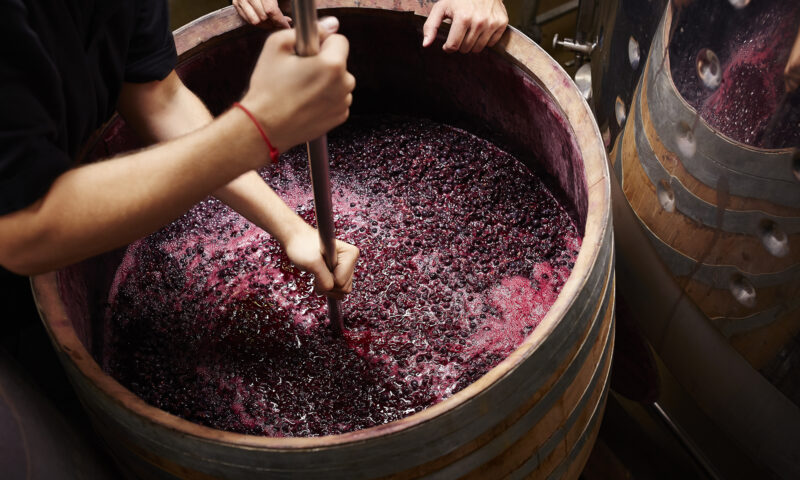
At the heart of the multifaceted world of rosé is the winemaking process itself. There are three main techniques employed in the creation of this wine: skin contact, saignée, and blending. These methods are crucial in defining the color, flavor, and style of the resulting wine.
The skin contact method is the most common technique. Here, red grape skins are allowed to macerate with the juice for a short period, usually a few hours to a couple of days. The skins are then removed, leaving the juice imbued with a blush of pink and a subtle tannic structure. This technique allows winemakers to strike a delicate balance between the robust characteristics of red wines and the crisp acidity of whites.
The saignée, or ‘bleeding’ method, involves ‘bleeding off’ a portion of the red wine juice early in its fermentation process. The removed juice, now slightly pink, is then fermented separately to produce rosé. This technique often results in a richer and darker wine, notable for its depth and complexity. The remaining red wine, with a higher skin-to-juice ratio, becomes more concentrated and intense as well.
Blending, the third technique, involves mixing red and white wines to achieve the desired color. Though less common for still rosés, blending is widely used in creating sparkling wines, particularly in the Champagne region.
Provence: The Epitome of Elegance
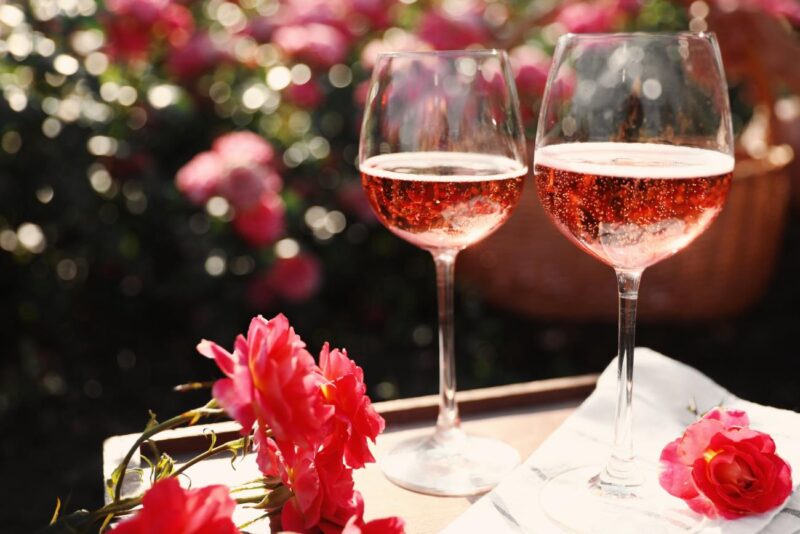
Nowhere is the art of rosé more profoundly embraced than in Provence, the sun-soaked region in southeastern France. The idyllic Mediterranean climate, diverse terroir, and centuries-old viticultural traditions make Provence the world’s leading producer of rosé, accounting for nearly 90% of its total wine production.
The signature Provence rosé is typically dry, fresh, and brimming with a delightful acidity that makes it ideal for summer sipping. The grape varietals used, predominantly Grenache, Cinsault, and Syrah, lend the wine its distinctive light pink hue, bright fruit flavors, and subtle minerality. This timeless elegance is reflected in the wine’s appearance, evocative of the soft hues of the Provençal sunset.
However, Provence is not just a monolithic producer of a single style. From the deeper, spicier wines of Bandol to the vibrant, citrus-infused wines of Cassis, the region’s diversity offers an array of stylistic expressions. The various terroirs, from coastal vineyards caressed by sea breezes to higher altitude slopes bathed in intense sunlight, influence the distinctive characters and complexities of the rosés.
Varieties from Around the World
Venturing beyond Provence, the world of rosé is as diverse and expansive as the globe itself. From Italy’s refreshing and fruity Rosatos and Spain’s full-bodied and vibrant Rosados to the off-dry White Zinfandels of California and the bold, tannic rosés of Australia, the international wine stage is adorned with a kaleidoscope of styles and varieties.
Italian Rosatos, particularly from regions like Puglia, Abruzzo, and Sicily, are made primarily from indigenous grape varieties such as Montepulciano, Negroamaro, and Nero d’Avola. They exhibit a range of flavors from red berries and citrus fruits to floral notes and minerality, generally leaning towards a more savory profile.
Spanish Rosados, often produced from Grenache and Tempranillo, lean towards a deeper color and a bolder palate compared to their French counterparts. They offer flavors of ripe red fruits, often with a touch of spice, and a weighty mouthfeel.
Across the pond, American rosés, notably the White Zinfandels of California, have historically been popular for their sweet profile and approachability, though drier styles have been gaining momentum. In the Southern Hemisphere, Australian wines, made from an assortment of grapes including Shiraz, Cabernet Sauvignon, and Pinot Noir, are known for their depth and intensity.
Sparkling Rosé: Bubbles and Delight
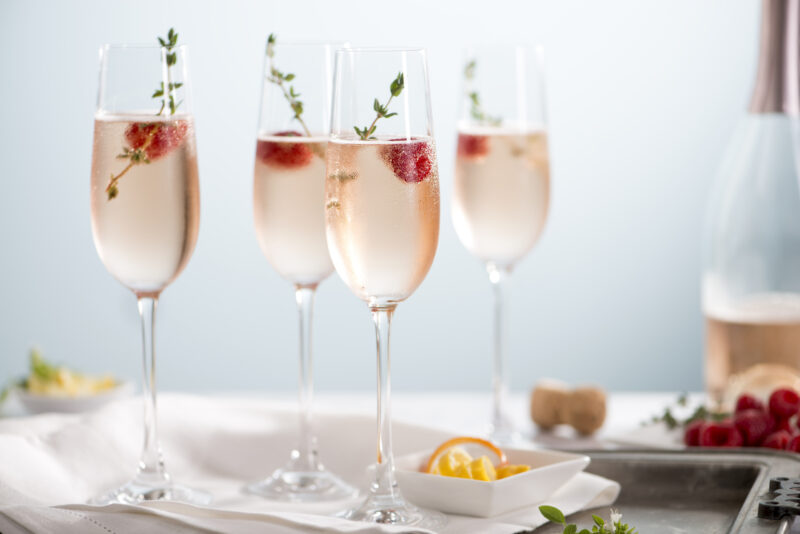
Who can resist the allure of bubbles dancing in a glass of blushing rosé? Sparkling wines bring together the effervescence of sparkling wine and the versatile flavor profiles of rosé. The method of production can be either the traditional Champagne method, where secondary fermentation happens in the bottle, or the Charmat method, where it takes place in large tanks.
Champagnes, in particular, are renowned for their elegance and complexity. Predominantly Pinot Noir-based, they exhibit flavors of strawberries, cherries, and a hint of brioche from the yeasty secondary fermentation. The high acidity balances the ripe fruit flavors, making these wines incredibly food-friendly.
Prosecco rosé, a relatively new addition to the world of sparkling wines, has quickly gained popularity for its approachability. With the primary grape being Glera, and Pinot Noir added for color and structure, it showcases a delicate balance of fruity and floral notes, with a soft, persistent perlage.
Blends: The Art of Balance
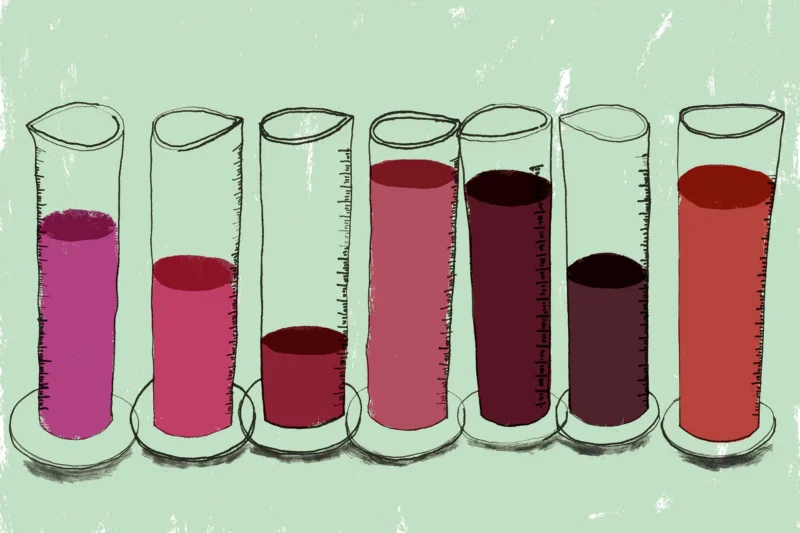
Blending is an essential part of the winemaking process. It is through this artful balance of different grape varieties that a winemaker can create a harmonious blend, with each grape contributing its unique character to the final product.
In Provence, Grenache often forms the backbone of wine blends, contributing body, red fruit flavors, and alcohol content. Cinsault adds softness and perfume, Syrah lends color and spice, and Mourvèdre provides structure and longevity. The resulting blend is a wine of remarkable balance and elegance.
In other regions, blends may include any number of different grapes. In Rioja, Spain, Tempranillo, and Garnacha form the basis of many blends. In California, Zinfandel often stars in wine blends, while in Australia, Shiraz is a popular choice.
Conclusion
In conclusion, the world of rosé is a fascinating landscape, offering a multitude of styles and expressions that continue to captivate wine enthusiasts worldwide. From the elegance of a Provence rosé to the vivacious sparkle of a Champagne, the endless shades of rosé invite exploration, discovery, and, above all, enjoyment.

